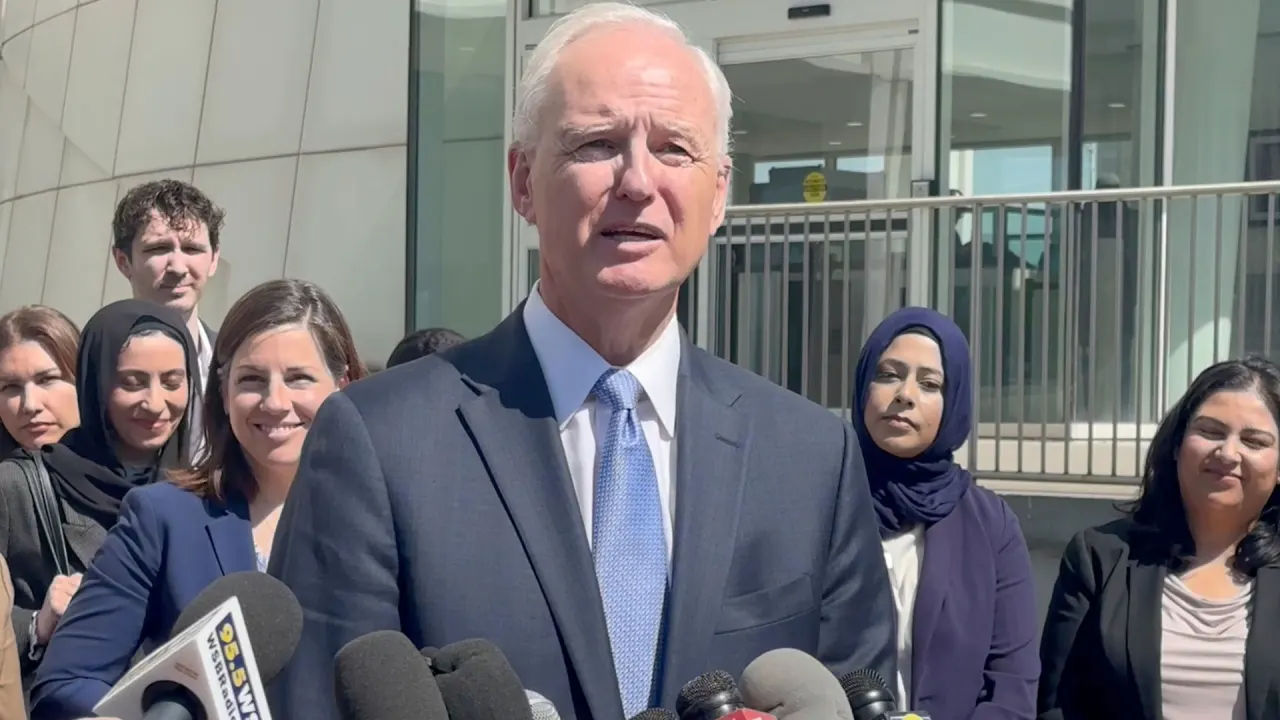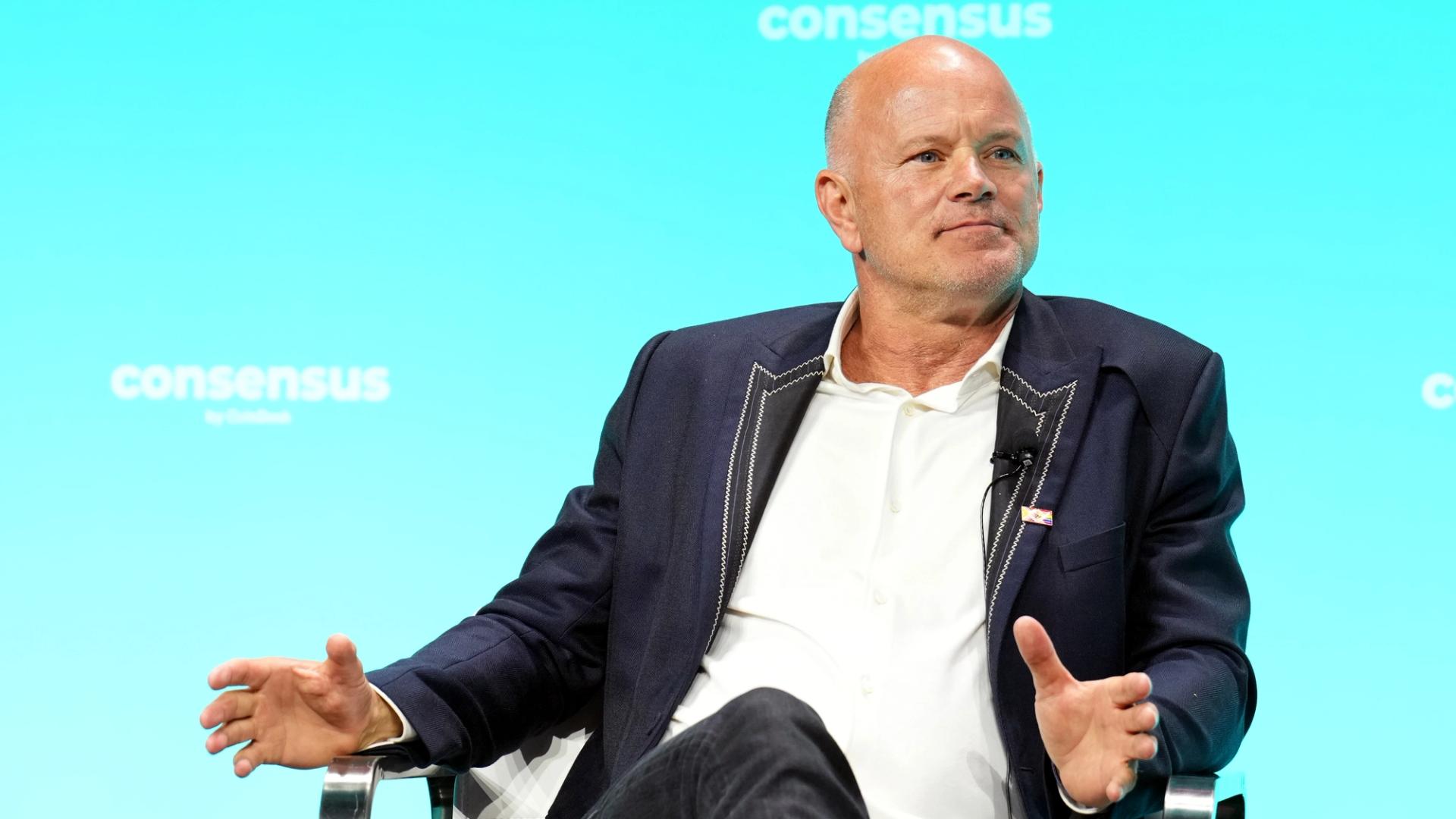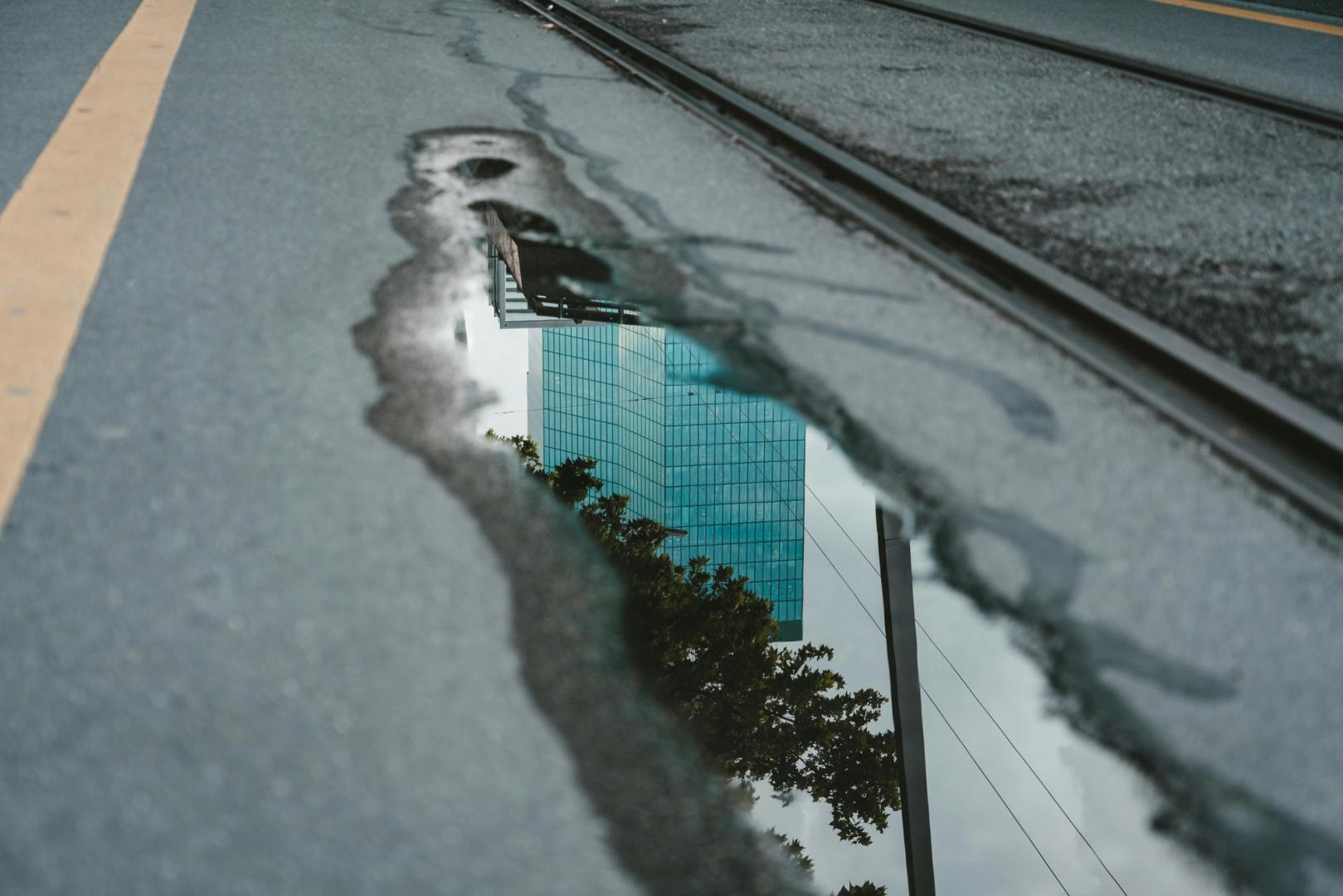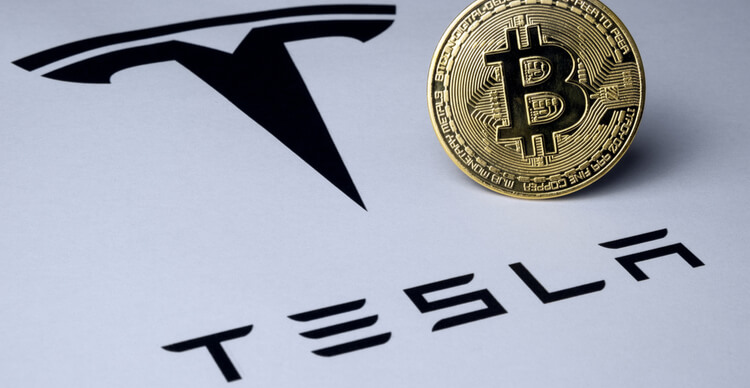The Trump administration claims this offshore wind project was ‘rushed.’ The review started 14 years ago
In early April, around 20 miles off the coast of Long Island, construction crews started working on Empire Wind 1, an offshore wind farm designed to power as many as half a million homes in New York. But on April 16, the Trump administration told the project to stop work. Doug Burgum, the Interior secretary, claimed that the approval process had been “rushed”—despite the fact that the federal review of using the area for a wind farm began in 2011. After an initial environmental analysis of the area, the government auctioned off a lease in late 2016. A Norwegian company called Equinor (previously known as Statoil) was officially awarded the lease in 2017—during Trump’s first term. At that point, despite Trump’s antipathy for wind projects, he wasn’t actively opposing them. The company began planning Empire Wind. From 2021 to 2023, the government undertook a detailed environmental review of everything from the project’s potential impacts on wildlife and ships to its visual impact from shore. By the end of 2023, the project had permits for construction. “The idea that the review was rushed is just preposterous,” says Douglas Nowacek, a professor at Duke University’s Marine Science and Conservation Marine Lab who had planned to begin a study of whales in the construction area this month. (Spoiler: Nowacek says there’s no evidence that wind farms kill whales, despite the arguments from anti-wind activists.) “From the actual start in 2011, there was just an enormous amount of work and data that was collected over that time to get to the point of actually issuing a record of decision and then approving a construction and operation plan,” says Elizabeth Klein, who served as the director of the Bureau of Ocean Energy Management, the agency that leads regulatory approval for offshore wind projects, under President Biden. The process involves determining whether a project complies with multiple different environmental laws, from the Clean Water Act to the Marine Mammal Protection Act, and evaluating other impacts, including potential economic harm to the fishing industry. Multiple agencies are involved. The analysis looked in detail at potential impacts on wildlife, including whales. Whales have been experiencing an “unusual mortality event,” or a spike in the deaths of certain species, for nearly a decade on the East Coast. But scientists say that the primary causes are strikes from ships and entanglement in fishing gear. Part of the increase in deaths is likely linked to climate change: As ocean temperatures heat up, whales are moving to different areas that coincide with more ship traffic. New development of wind farms is unlikely to be playing a role. “The bottom line is, there’s no evidence whatsoever connecting any [whale] deaths and offshore wind development in any of its stages,” says Nowacek. One recent study looked in detail at where whales were dying and where wind development was occurring, and “there was no overlap in time or space,” he says. That isn’t to say building giant wind turbines has no impact on wildlife at all. But the effects can be mitigated; when piles are driven into the ocean floor to support a turbine, for example, it’s possible to use “curtains” of bubbles to help reduce the noise that’s created. The process lasts for several hours, but then it’s over. In contrast, surveying for oil and gas drilling in the ocean is thousands of times louder. The Trump administration is pushing hard to expand offshore oil and gas development. Groups that oppose offshore wind development often argue that their concern is for whales—while failing to lobby for changes that are proven to help the animals, such as speed limits for boats and ships. And many of the “grassroots” groups that have been fighting offshore wind have actually been funded by a right-wing think tanks with ties to the oil industry. In late March, a Republican representative from New Jersey, Chris Smith, wrote to Burgum urging him to block construction of Empire Wind. He talked about “potential inadequacies in environmental reviews,” and raised other supposed risks that have been dismissed after years of research. (Studies and simulations have found that ship collisions with offshore wind turbines, for example, aren’t a significant risk when navigation is properly managed.) It’s not clear what will happen next. Equinor has a strong case to sue the government to be able to continue its work. “It’s completely unclear to me, and other observers, what legal authority [the Trump administration] is using to strip Empire of its rights at this point,” says Klein. “It has been given the approval to move forward.” (Equinor did not respond to a request for comment.) If the wind farm had been built on schedule, it would have been completed by 2027. If the project can’t move forward, it would be an economic loss for the region. An onshore terminal for the project in Brooklyn, which would connect the power from the
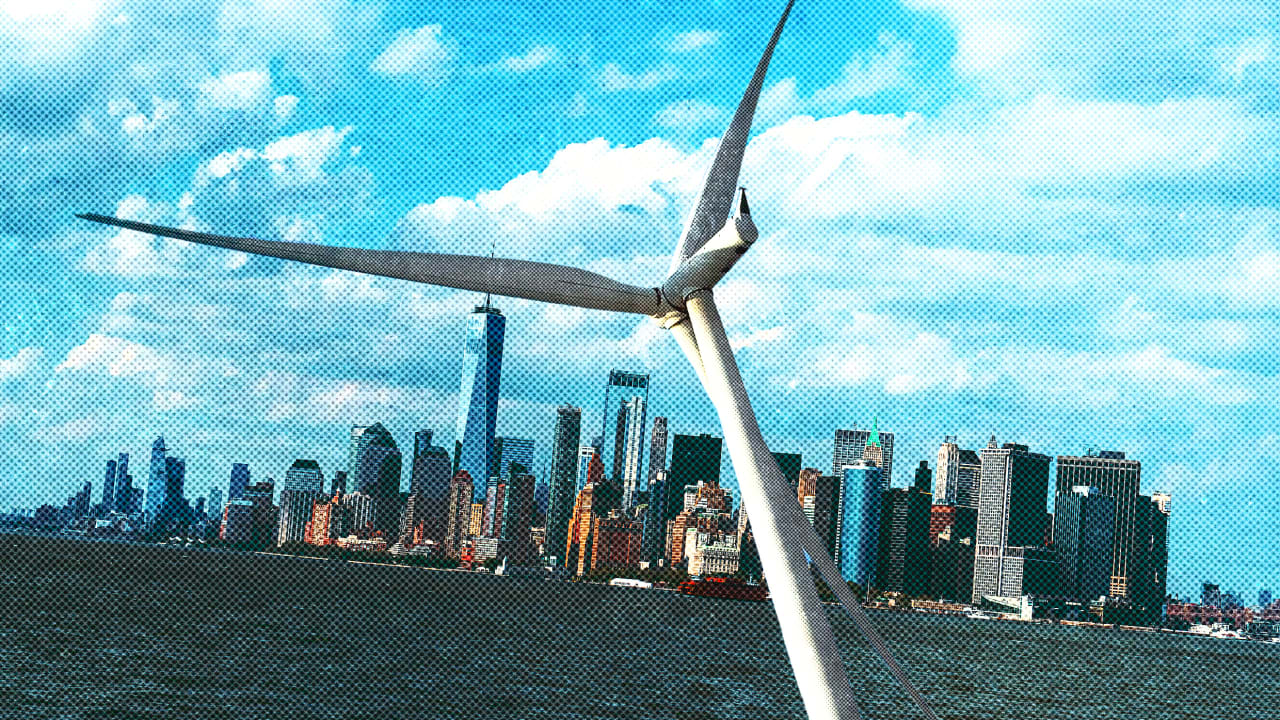
In early April, around 20 miles off the coast of Long Island, construction crews started working on Empire Wind 1, an offshore wind farm designed to power as many as half a million homes in New York. But on April 16, the Trump administration told the project to stop work.
Doug Burgum, the Interior secretary, claimed that the approval process had been “rushed”—despite the fact that the federal review of using the area for a wind farm began in 2011.
After an initial environmental analysis of the area, the government auctioned off a lease in late 2016. A Norwegian company called Equinor (previously known as Statoil) was officially awarded the lease in 2017—during Trump’s first term. At that point, despite Trump’s antipathy for wind projects, he wasn’t actively opposing them. The company began planning Empire Wind. From 2021 to 2023, the government undertook a detailed environmental review of everything from the project’s potential impacts on wildlife and ships to its visual impact from shore. By the end of 2023, the project had permits for construction.
“The idea that the review was rushed is just preposterous,” says Douglas Nowacek, a professor at Duke University’s Marine Science and Conservation Marine Lab who had planned to begin a study of whales in the construction area this month. (Spoiler: Nowacek says there’s no evidence that wind farms kill whales, despite the arguments from anti-wind activists.)
“From the actual start in 2011, there was just an enormous amount of work and data that was collected over that time to get to the point of actually issuing a record of decision and then approving a construction and operation plan,” says Elizabeth Klein, who served as the director of the Bureau of Ocean Energy Management, the agency that leads regulatory approval for offshore wind projects, under President Biden.
The process involves determining whether a project complies with multiple different environmental laws, from the Clean Water Act to the Marine Mammal Protection Act, and evaluating other impacts, including potential economic harm to the fishing industry. Multiple agencies are involved.
The analysis looked in detail at potential impacts on wildlife, including whales. Whales have been experiencing an “unusual mortality event,” or a spike in the deaths of certain species, for nearly a decade on the East Coast. But scientists say that the primary causes are strikes from ships and entanglement in fishing gear. Part of the increase in deaths is likely linked to climate change: As ocean temperatures heat up, whales are moving to different areas that coincide with more ship traffic.
New development of wind farms is unlikely to be playing a role. “The bottom line is, there’s no evidence whatsoever connecting any [whale] deaths and offshore wind development in any of its stages,” says Nowacek. One recent study looked in detail at where whales were dying and where wind development was occurring, and “there was no overlap in time or space,” he says.
That isn’t to say building giant wind turbines has no impact on wildlife at all. But the effects can be mitigated; when piles are driven into the ocean floor to support a turbine, for example, it’s possible to use “curtains” of bubbles to help reduce the noise that’s created. The process lasts for several hours, but then it’s over. In contrast, surveying for oil and gas drilling in the ocean is thousands of times louder. The Trump administration is pushing hard to expand offshore oil and gas development.
Groups that oppose offshore wind development often argue that their concern is for whales—while failing to lobby for changes that are proven to help the animals, such as speed limits for boats and ships. And many of the “grassroots” groups that have been fighting offshore wind have actually been funded by a right-wing think tanks with ties to the oil industry.
In late March, a Republican representative from New Jersey, Chris Smith, wrote to Burgum urging him to block construction of Empire Wind. He talked about “potential inadequacies in environmental reviews,” and raised other supposed risks that have been dismissed after years of research. (Studies and simulations have found that ship collisions with offshore wind turbines, for example, aren’t a significant risk when navigation is properly managed.)
It’s not clear what will happen next. Equinor has a strong case to sue the government to be able to continue its work. “It’s completely unclear to me, and other observers, what legal authority [the Trump administration] is using to strip Empire of its rights at this point,” says Klein. “It has been given the approval to move forward.” (Equinor did not respond to a request for comment.) If the wind farm had been built on schedule, it would have been completed by 2027.
If the project can’t move forward, it would be an economic loss for the region. An onshore terminal for the project in Brooklyn, which would connect the power from the wind turbines to the local grid, was already under construction and creating hundreds of union jobs. Equinor was committed to using local materials, including stone ferried down the Hudson River from upstate New York. The company was investing millions of dollars in workforce development and training.
“The ancillary benefits of that project are huge, and it really does amount to billions of dollars of investment in the U.S.,” says Klein. “This administration professes that it wants to create an environment welcoming business and economic development in the U.S., and here you’re taking an industry that was building itself up here in the U.S., and really creating investment here at home, and trying to destroy it for no good reason.”
If the project doesn’t happen, it also would be a loss for the climate. “Offshore wind for certain communities, particularly on the East Coast, is really the only viable way to meet climate goals and to transition to the levels of clean energy needed,” she says. The region doesn’t have enough space for large-scale solar farms. (Without growth in offshore wind, it will also be harder to keep up with the rapidly increasing demand for energy on the grid.)
If emissions don’t shrink as quickly, that’s also obviously bad for whales. “The greatest threat to marine mammals, including whales, is actually climate change,” says Klein. “And these projects are meant to address that issue.”


























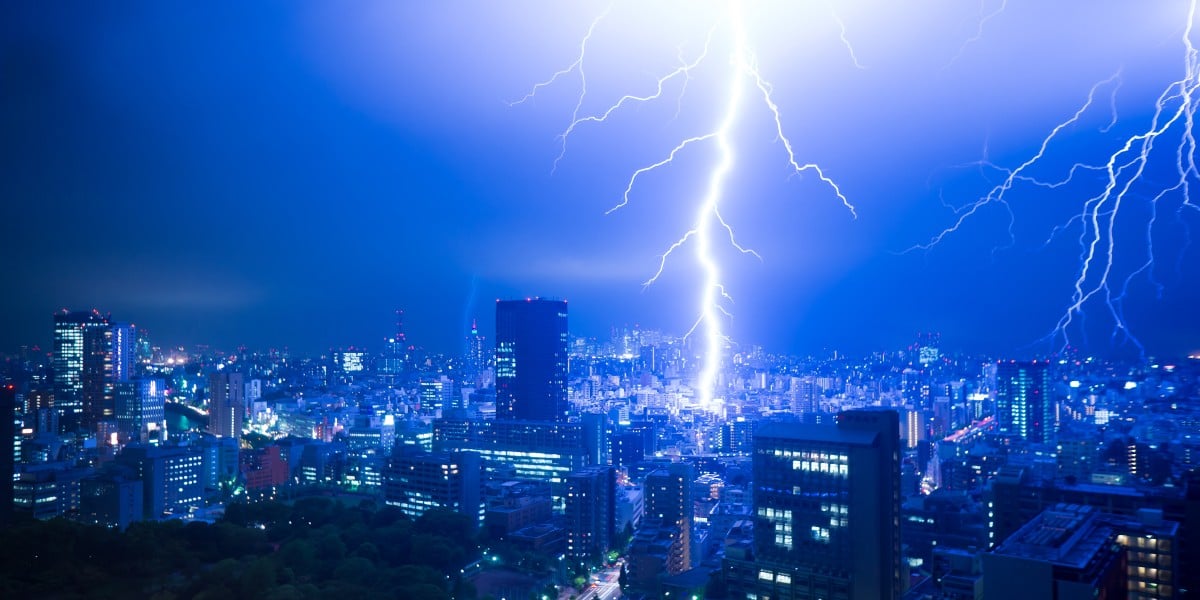













































































































































![[The AI Show Episode 144]: ChatGPT’s New Memory, Shopify CEO’s Leaked “AI First” Memo, Google Cloud Next Releases, o3 and o4-mini Coming Soon & Llama 4’s Rocky Launch](https://www.marketingaiinstitute.com/hubfs/ep%20144%20cover.png)



















































































































![Did I Discover A New Programming Paradigm? [closed]](https://miro.medium.com/v2/resize:fit:1200/format:webp/1*nKR2930riHA4VC7dLwIuxA.gif)



































































-Classic-Nintendo-GameCube-games-are-coming-to-Nintendo-Switch-2!-00-00-13.png?width=1920&height=1920&fit=bounds&quality=70&format=jpg&auto=webp#)



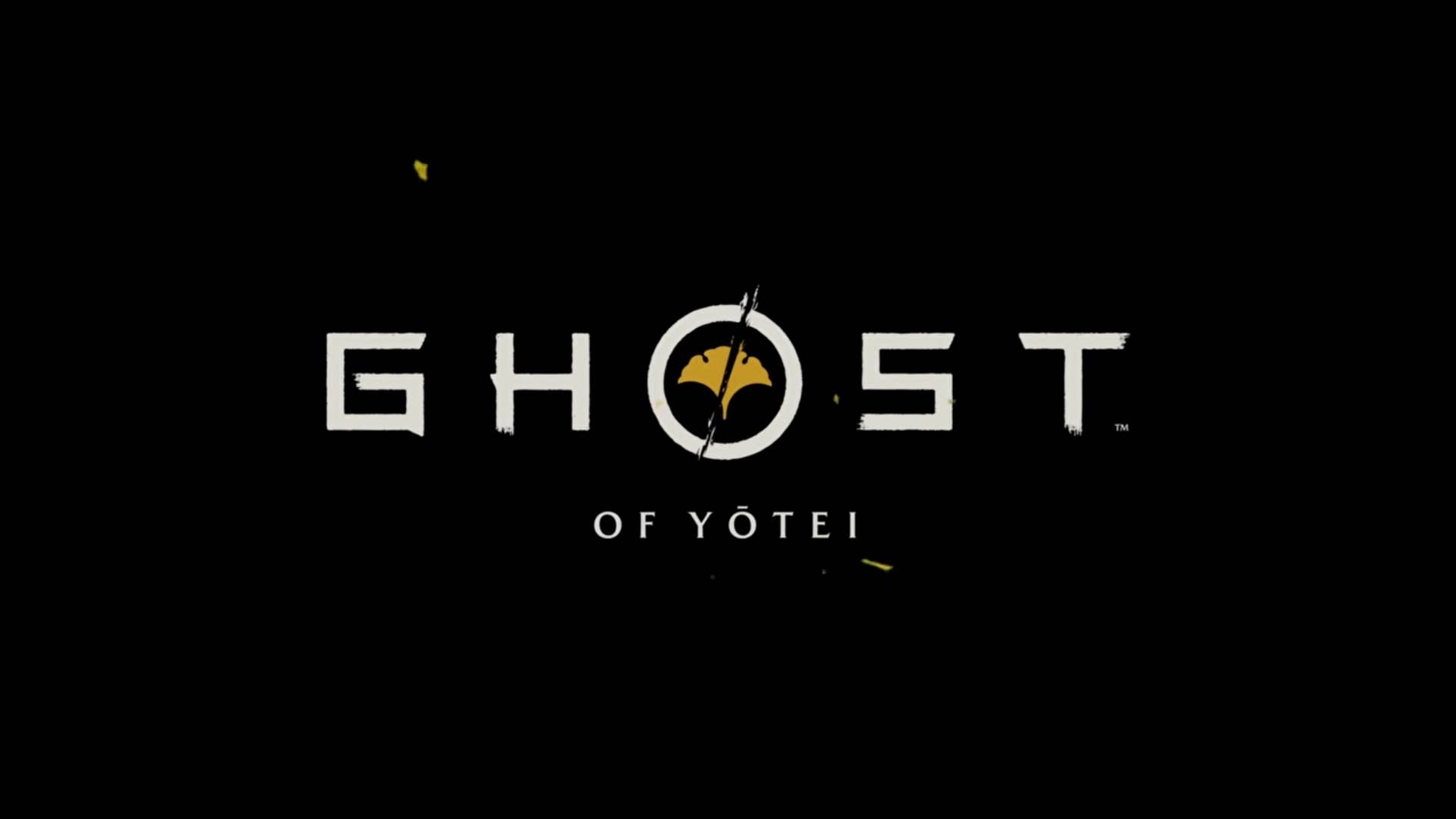
.jpg?width=1920&height=1920&fit=bounds&quality=70&format=jpg&auto=webp#)






















































.jpg?#)
































_Wavebreakmedia_Ltd_FUS1507-1_Alamy.jpg?width=1280&auto=webp&quality=80&disable=upscale#)











































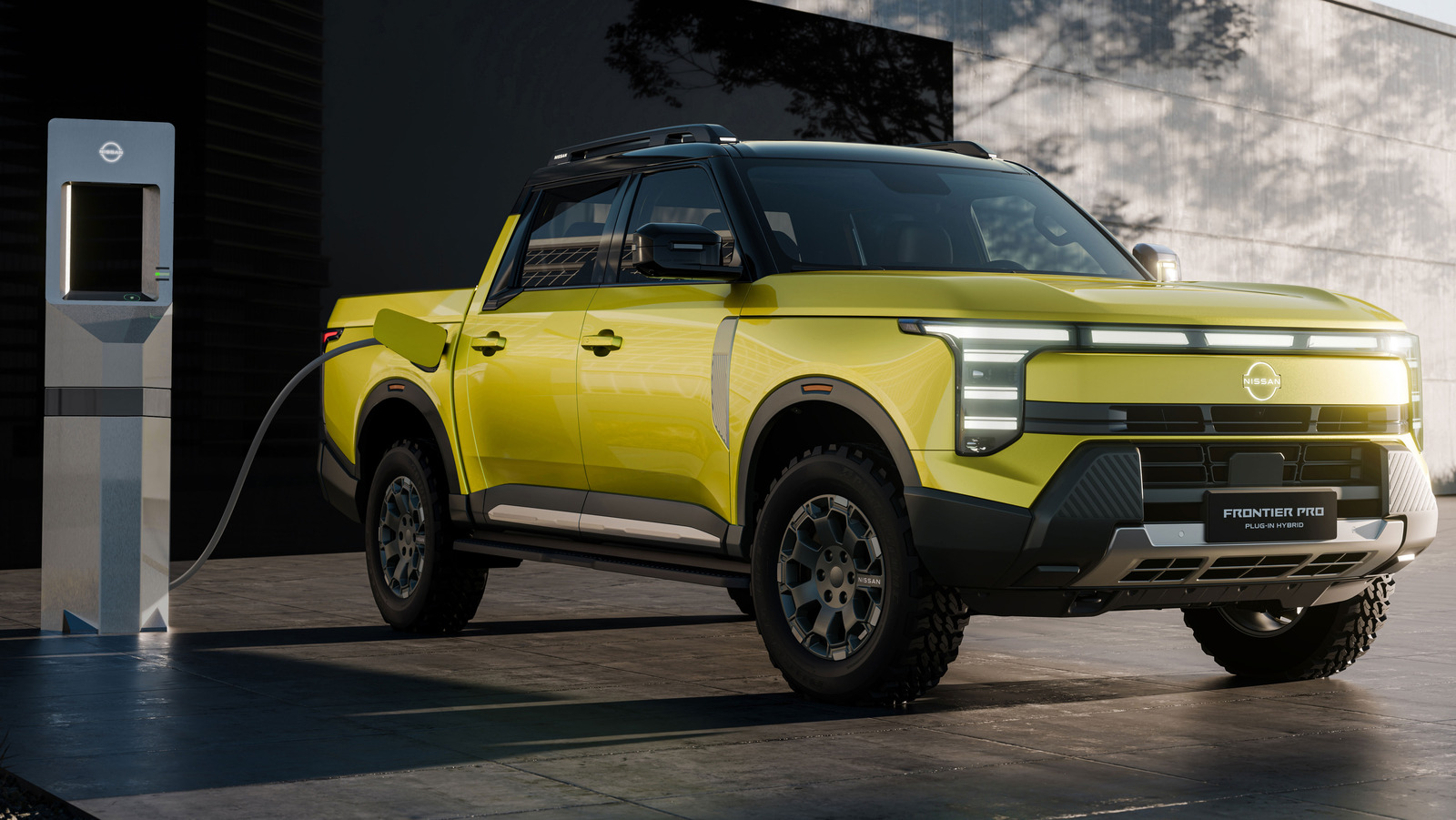
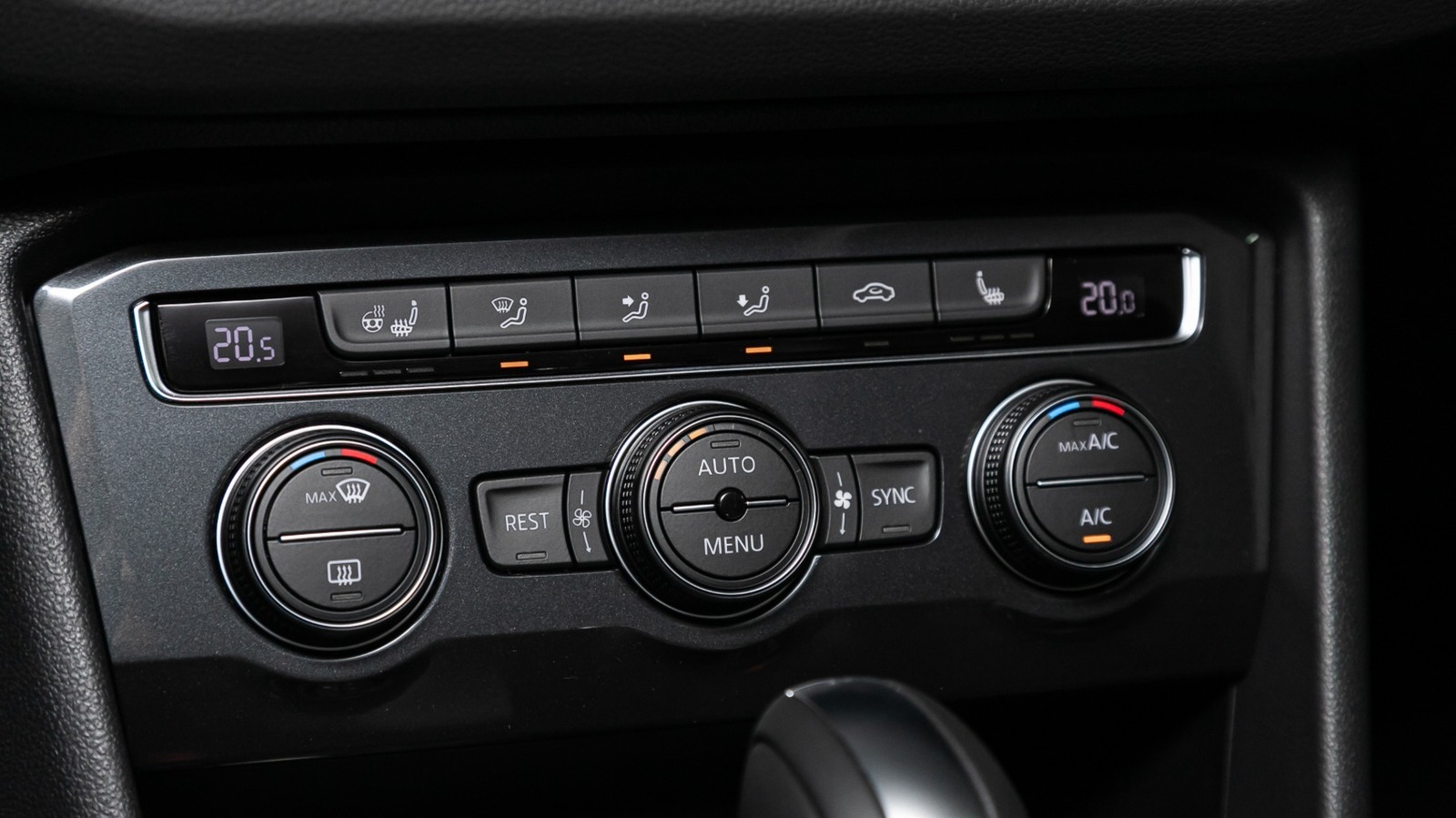






































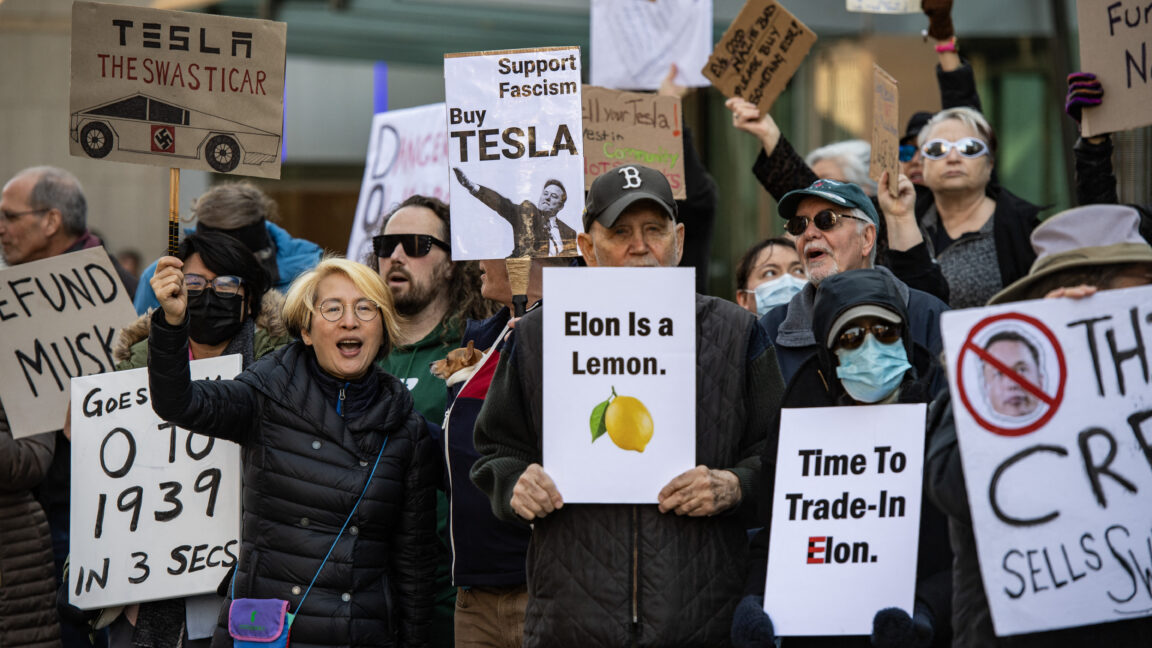





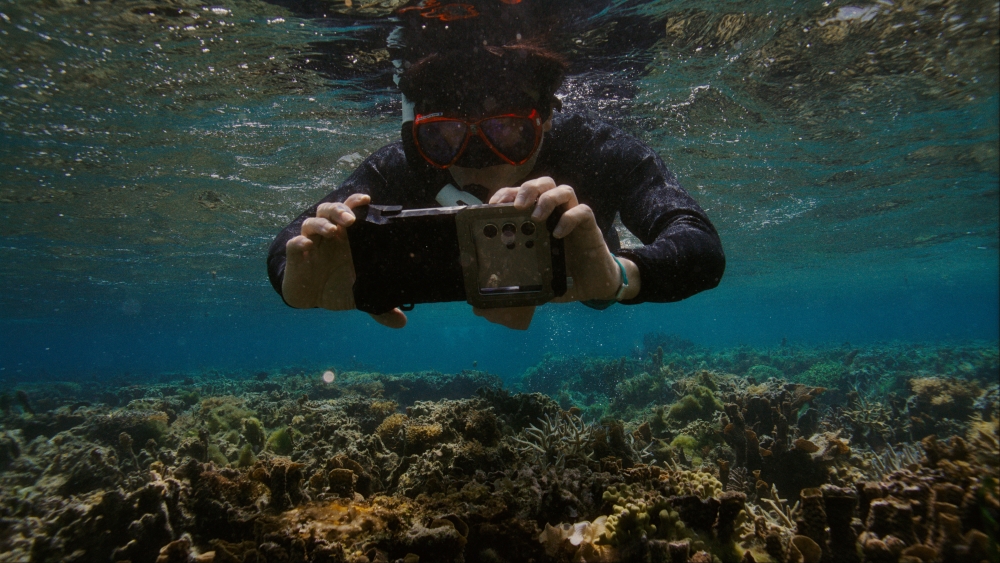


























![Hands-On With 'iPhone 17 Air' Dummy Reveals 'Scary Thin' Design [Video]](https://www.iclarified.com/images/news/97100/97100/97100-640.jpg)
![Mike Rockwell is Overhauling Siri's Leadership Team [Report]](https://www.iclarified.com/images/news/97096/97096/97096-640.jpg)


































































